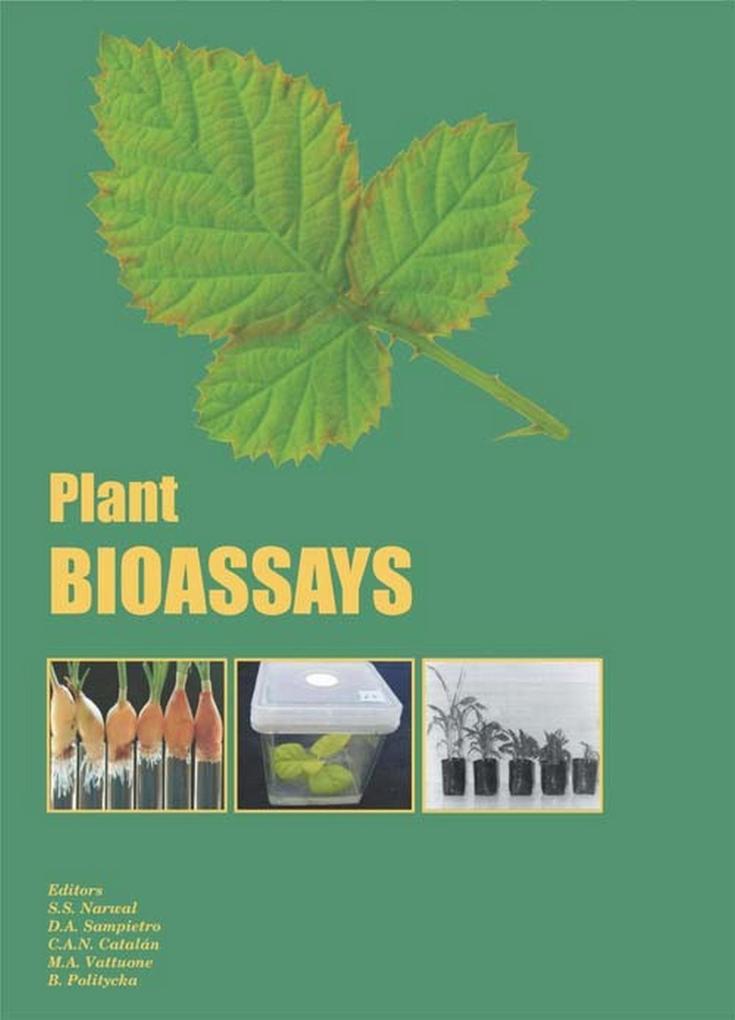Allelopathy is a new field of science, as the term 'Allelopathy' was coined in 1937. However, researchers are not using the standard methods due to lack of compendium on the Techniques, hence, the results obtained are not easily comparable with each others. Current research on allelopathy emphasizes not only on Plant-Plant Interactions but also interactions involving the Plant-Microorganisms and Plant-Phytophagous organisms. These concerns require reliable protocols for such studies, which sometimes are not available worldwide. Hence, this book has been written to provide information about all aspects of plant bioassays. The Book is divided in 4 Sections. Section I. Plant-Plant Interactions includes 5 chapters (Laboratory Assays in Allelopathy, Pollen Allelopathy, assays for Allelopathic Interactions among Terrestrial Plants, Genetic Toxicology and Environmental Mutagenesis in Allelopathic Interactions, Comet Assay in Higher Plants). Section II. Plant-Microorganism Interactions has 5 chapters (Biochemical Aspects of Plantpathogen Interactions, Plant Growth Promoting Rhizobacteria, Hypersensitive response, PlantVirus interactions, Search for anti phyto pathogenic compounds involved in plant defence). Section III. Plant-Phytophagous Interactions consists of 2 chapters (Search for phytochemicals to control plant-insect interactions and Bioassays on plantnematode interactions). Section IV. Appendices (Abbreviations, Chemical formulae and molecular weight of solvents and reagents, Molecular weight of organic compounds). We hope that protocols and criteria provided will be helpful to students, researchers and teachers for Laboratory/Greenhouse/Field Research and Practical Classes, to solve many problems of plant bioassays. It will be useful for UG and PG students pursing allelopathic research in laboratory, greenhouse and field studies and to Biologists and Ecologists. The users of this book can select suitable methods, according to the available facilities.














